The equivalent to a wormhole in spacetime has been created on a quantum processor. Researchers in th.
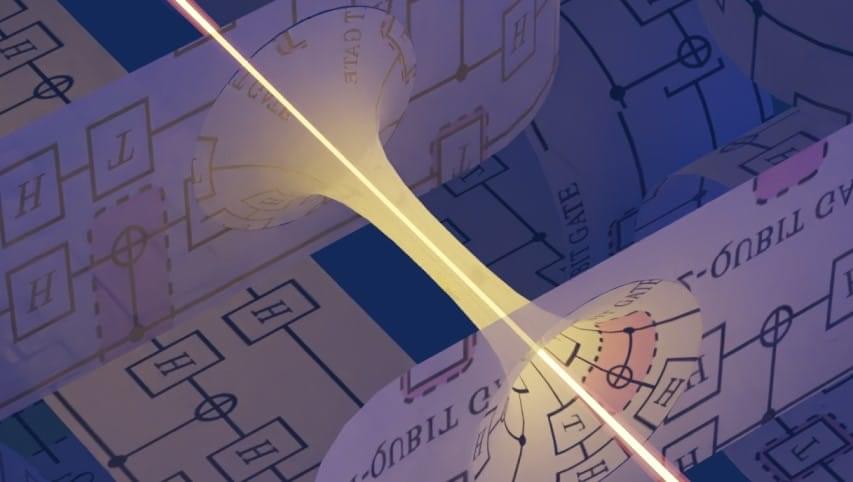

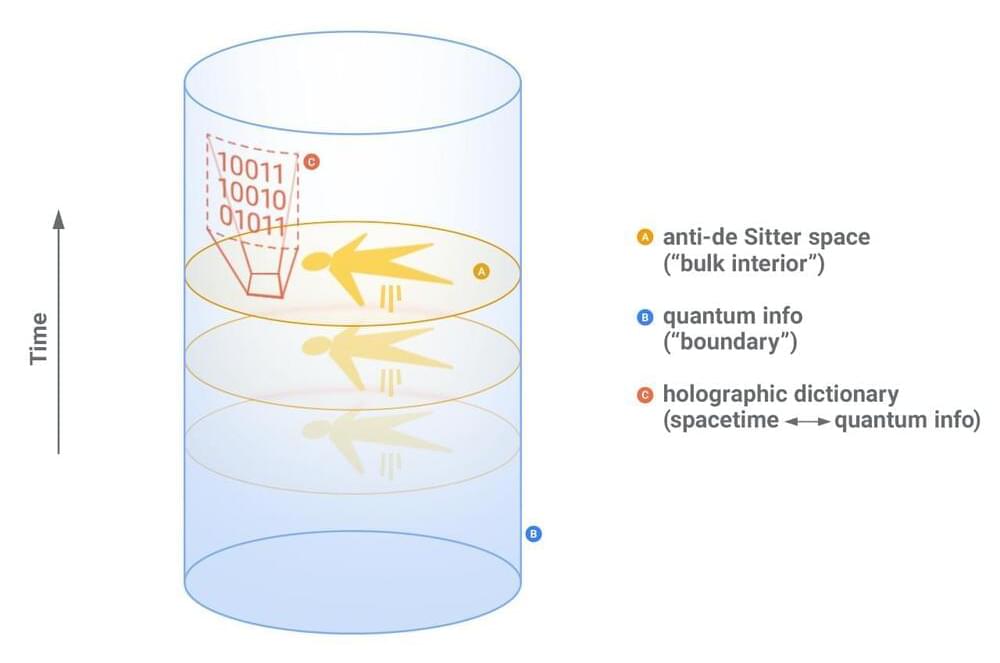
Wormholes — wrinkles in the fabric of spacetime that connect two disparate locations — may seem like the stuff of science fiction. But whether or not they exist in reality, studying these hypothetical objects could be the key to making concrete the tantalizing link between information and matter that has bedeviled physicists for decades.
Surprisingly, a quantum computer is an ideal platform to investigate this connection. The trick is to use a correspondence called AdS/CFT, which establishes an equivalence between a theory that describes gravity and spacetime (and wormholes) in a fictional world with a special geometry (AdS) to a quantum theory that does not contain gravity at all (CFT).
In “Traversable wormhole dynamics on a quantum processor”, published in Nature today, we report on a collaboration with researchers at Caltech, Harvard, MIT, and Fermilab to simulate the CFT on the Google Sycamore processor. By studying this quantum theory on the processor, we are able to leverage the AdS/CFT correspondence to probe the dynamics of a quantum system equivalent to a wormhole in a model of gravity. The Google Sycamore processor is among the first to have the fidelity needed to carry out this experiment.
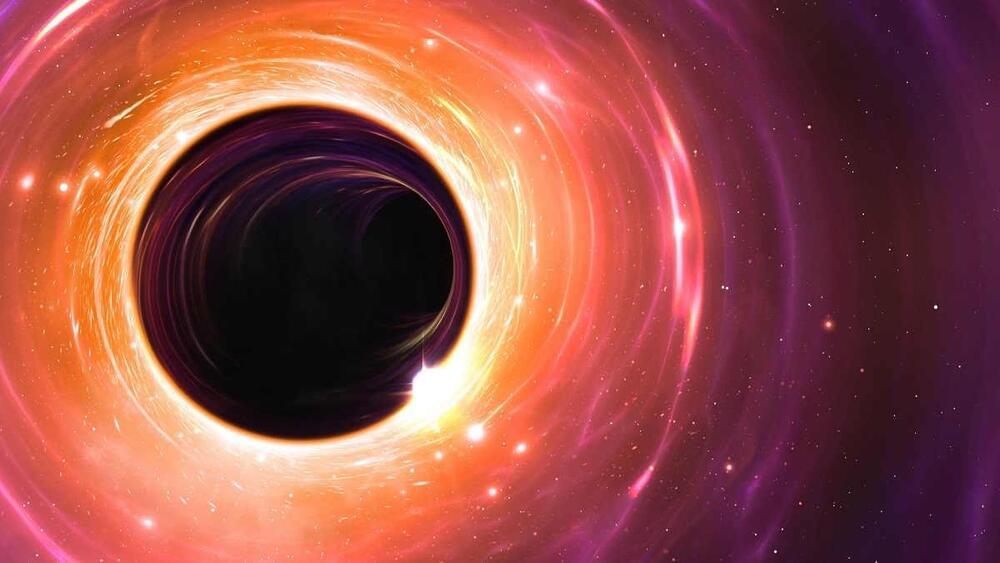
Physicists have simulated a black hole in a lab. Then it started glowing.
This allowed the team to realise that their black hole analogue may help explain so-called “Hawking radiation”, theorised to be emitted by black holes in nature.
Their analysis of the black hole in a bottle is presented in a paper published in the Physical Review Research journal.
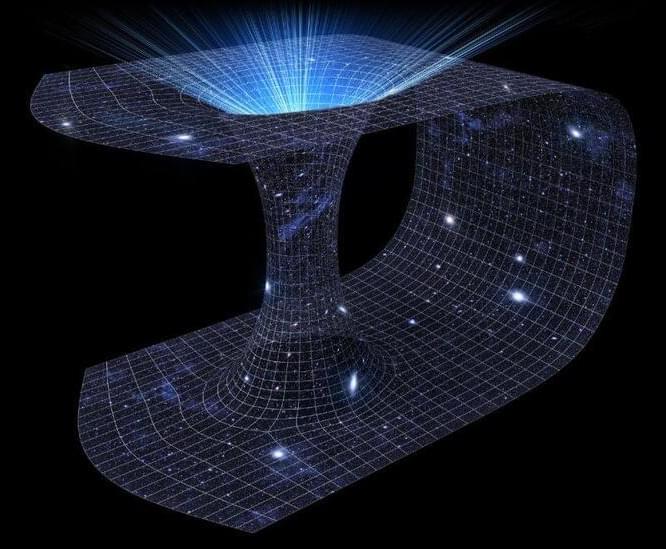
The tidal disruption event ripped apart the star so a black hole could feast.
Carl knox / ozgrav, ARC centre of excellence for gravitational wave discovery, swinburne university of technology.
The specific event they observed and analyzed is so rare that it has only been seen three other times throughout history.
NASA’s Discover supercomputer simulated the extreme conditions of the distant cosmos.
A team of scientists from NASA’s Goddard Space Flight Center used the U.S. space agency’s Center for Climate Simulation (NCCS) Discover supercomputer to run 100 simulations of jets emerging from supermassive black holes.
The scientists set out to better understand these jets — massive beams of energetic particles shooting out into the cosmos — as they play a crucial role in the evolution of the universe.
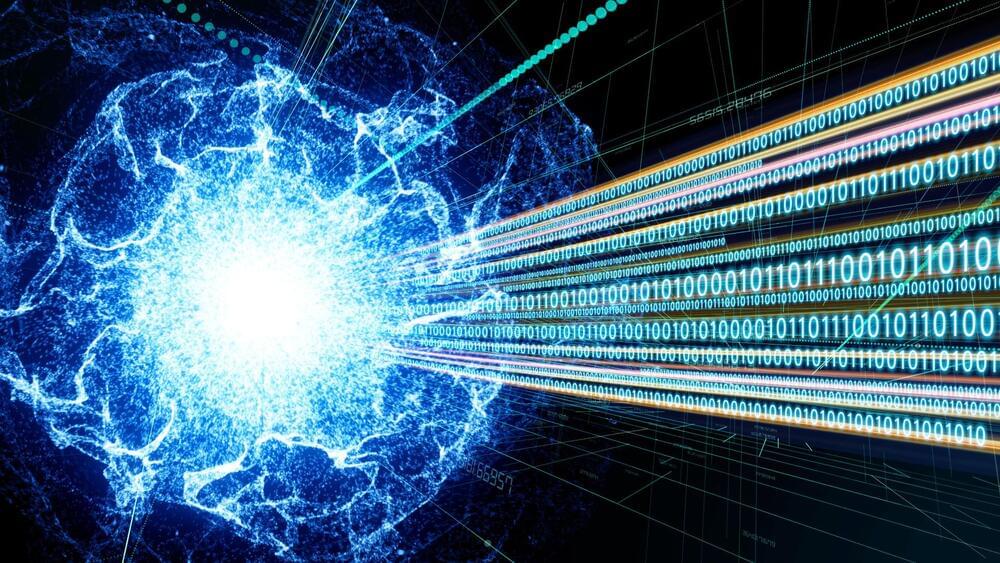
This could help us probe into the lesser-known field of quantum gravity.
A collaborative team of researchers in the U.S. created a holographic wormhole and sent a message through it. This is the first known report of a quantum simulation of a holographic wormhole on a quantum processor.
However, the two theories are fundamentally incompatible and the holographic principle is a guide that can help us combine the two.
Metamorworks/iStock.
Einstein’s theory of general relativity helps us to understand the physical world such as astronomical objects with high energies or matter densities. Quantum mechanics on the other hand, describes matter at atomic and subatomic scales.
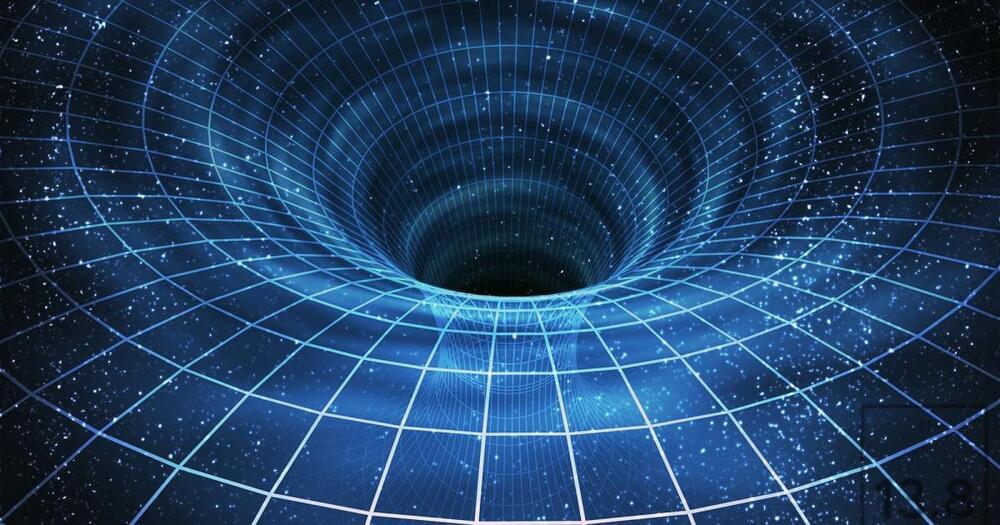
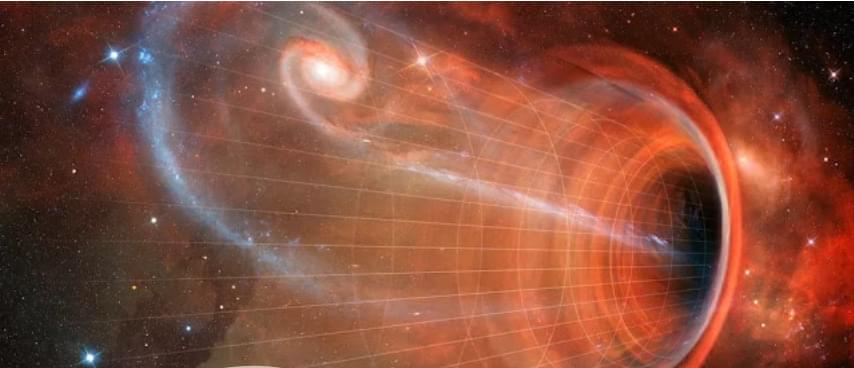
An older universe existed before the Big Bang, and proof for its existence can still be found in black holes, according to a Nobel Prize-winning physicist. Sir Roger Penrose made the assertion after receiving the award for advances in Einstein’s general theory of relativity and proof of black hole existence. Sir Roger contends that inexplicable regions of electromagnetic radiation in the sky, known as ‘Hawking Points,’ represent vestiges of an earlier universe.